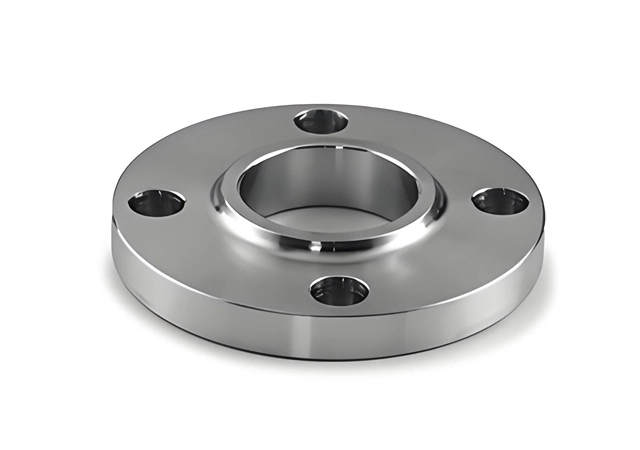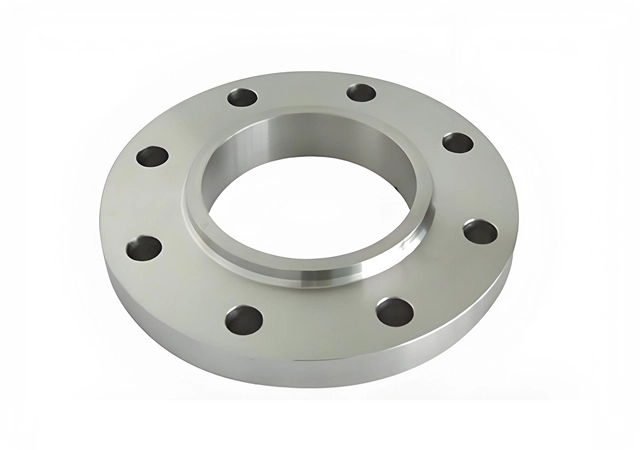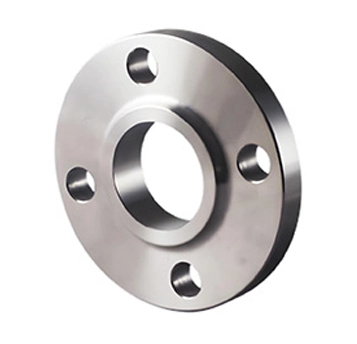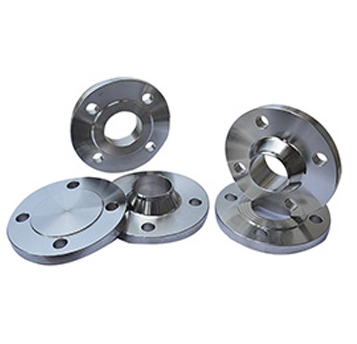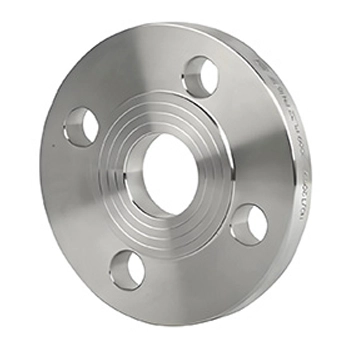ASME flange refers to a flange product manufactured in accordance with the standards of the American Society of Mechanical Engineers (ASME).
Connection Function: It is a part used to connect pipes to each other, being attached to the pipe ends. There are holes on the ASME flange, and bolts are used to tightly connect two flanges with a gasket in between for sealing. In this way, two pipelines, pipe fittings or equipment can be connected together.
Structural Forms: Common types include weld neck flange, slip on flange, plate weld flange, socket weld flange, threaded flange and blind flange.
Main Standards: The standards governing ASME flanges are mainly ASME B16.5 and ASME B16.47. ASME B16.5 is applicable to pipe flanges and flange fittings with nominal diameters ranging from NPS 1/2 to NPS 24; ASME B16.47 is for large-diameter steel pipe flanges with nominal diameters from NPS 26 to NPS 60.
Pressure Rating: ASME flanges are classified into different pressure classes, namely Class 75, 150, 300, 600, 900, 1500 and 2500. The pressure rating indicates the relative pressure-bearing capacity of the flange at the reference temperature. For example, a Class 150LB flange can withstand approximately 20 bar at room temperature (38°C), but the pressure resistance drops to about 13 bar at 200°C.
Flange Face Types: ASME B16.5 and ASME B16.47 specify several types of flange faces, such as flat face (FF), raised face (RF), ring joint (RTJ), lap joint, male and female (M&F), and tongue and groove (T&G).
Carbon Steel ASME flange: Such as ASTM A105, 20#, Q235, 16Mn, Q345b, ASTM A350 LF1, LF2 CL1/CL2, LF3 CL1/CL2, ASTM A694 F42, F46, F48, F50, F52, F56, F60, F65, F70.
Stainless Steel ASME flange: Such as ASTM A182 F304, 304L, F316, 316L, 1Cr18Ni9Ti, 0Cr18Ni9Ti, 321, 18-8.
Alloy Steel ASME flange: Such as ASTM A182 F1, F5a, F9, F11, F12, F22, F91, A182F12, A182F11, 16MnR, Cr5Mo, 12Cr1MoV, 15CrMo, 12Cr2Mo1, A335P22, St45.8/Ⅲ.
ASME flanges are widely used in many industries:
Petrochemical Industry: In oil refineries and petrochemical plants, they are used to connect pipelines transporting oil, gas and various chemical media.
Power Industry: Such as in nuclear power plants and thermal power plants, they are used in pipelines of steam, water and other media.
Water Treatment Industry: In water supply and drainage systems, they play a role in connecting water pipelines and related equipment.
Food Processing Industry: They are used in pipelines transporting food-grade media to ensure the safety and hygiene of the connection.

 EN
EN
